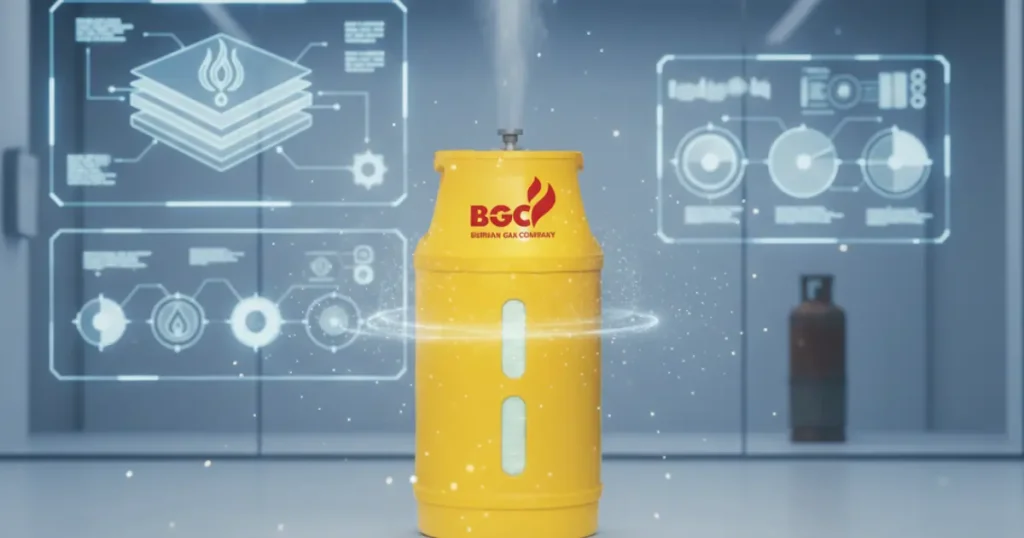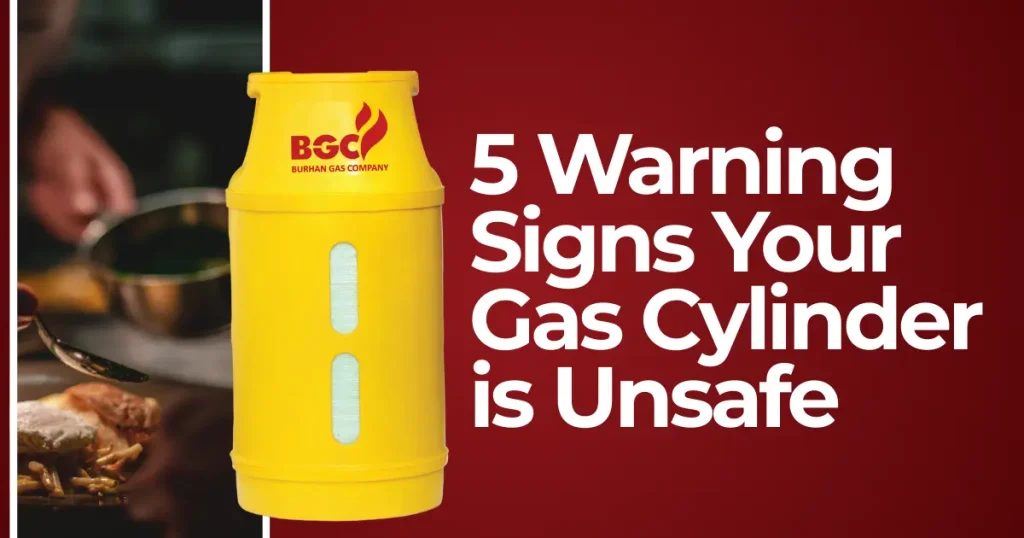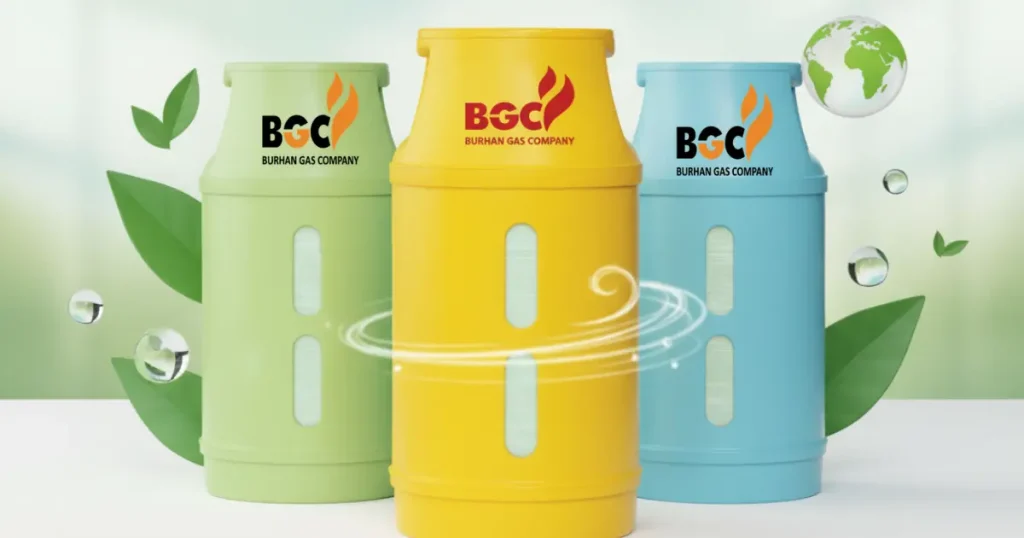When it comes to LPG storage, safety is non-negotiable. Traditional steel cylinders, though widely used, carry the risk of catastrophic explosions if exposed to fire, leaks, or high pressure. In contrast, fiber-reinforced composite cylinders are engineered with advanced materials and smart design principles that make them virtually blast-proof.
But what makes them so safe? Let’s explore the science behind composite cylinder safety.
Why Composite Cylinders Don’t Explode
Unlike steel cylinders, which can rupture violently under extreme conditions, composite cylinders are designed to fail safely. Their unique fiber-reinforced structure and layered laminate technology allow for controlled gas release and energy absorption, eliminating the conditions that typically cause explosions.
How Composite Cylinders Prevent Explosions
1. Energy Absorption
The secret lies in the layered fiber design. Materials like glass fiber or carbon fiber, combined with high-strength resins, form a laminate structure capable of absorbing and dissipating energy from impacts, pressure surges, or external heat.
- Instead of allowing pressure to spike uncontrollably, the layers deform slightly to spread out the stress, preventing rupture.
2. Gradual Gas Release in Fire
In a fire, steel cylinders heat up, pressure builds rapidly, and once the metal weakens, they can burst explosively. Composite cylinders behave differently:
- The outer composite casing softens and melts gradually.
- Gas then seeps out slowly through multiple micro-channels across the cylinder surface.
- This controlled venting prevents a dangerous build-up of pressure, ensuring no explosion.
3. Jointless, Corrosion-Resistant Design
One of the biggest weaknesses of steel cylinders is seams, welds, and rust. These create potential failure points where leaks or ruptures can occur. Composite cylinders, however, are:
- Seamless (made with filament winding techniques)
- Non-corrosive, eliminating rust-related weakening
- Structurally uniform, removing the “weakest link” problem common in metals
4. Non-Metallic Inner Liner
Inside the composite shell lies a non-metallic liner, often made from HDPE (high-density polyethylene) or similar polymers.
- This liner is gas-tight and prevents leaks.
- Being non-metallic, it won’t corrode or create sparks, adding another layer of safety.
5. Fire-Resistant Materials
Composite cylinders use fire-resistant resins and fibers, meaning they can withstand exposure to flames without losing integrity immediately. Instead of exploding, they undergo a controlled failure process, releasing gas at a manageable rate until the cylinder is empty.
Conclusion: Safety by Design
The safety of composite cylinders is not accidental — it’s the result of advanced engineering and material science. By combining fiber reinforcement, seamless construction, corrosion resistance, and intelligent failure mechanisms, these cylinders ensure:
- No explosive ruptures
- Gradual, controlled gas release in a fire
- Safer handling, storage, and transportation
This is why composite LPG cylinders are increasingly replacing steel ones worldwide: they’re not only lighter and more durable but also designed never to explode.
In the world of LPG safety, composite cylinders set a new standard — making homes, businesses, and industries safer than ever.





